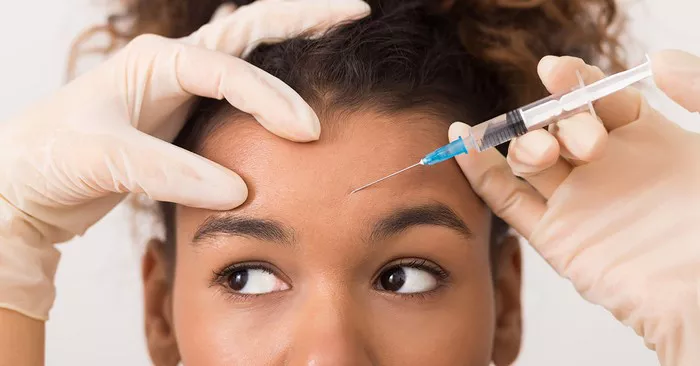Fine lines on the forehead are a common sign of aging that many individuals seek to address. These lines can be caused by factors such as sun exposure, repetitive facial expressions, and a decrease in collagen production. While there are various cosmetic procedures available to address fine lines, there are also natural approaches that can help minimize their appearance. In this article, we explore effective and natural methods to reduce fine lines on the forehead and achieve a smoother complexion.
Understanding Fine Lines on the Forehead
Fine lines on the forehead, also known as expression lines or forehead wrinkles, are often caused by the repetitive movement of facial muscles over time. When we make facial expressions like frowning or raising our eyebrows, the skin on the forehead creases. Over the years, this repeated movement combined with factors like sun exposure and a decrease in collagen and elastin production can lead to the formation of visible lines.
Natural Approaches to Reduce Fine Lines on the Forehead
Stay Hydrated:
Adequate hydration is essential for maintaining healthy and plump skin. Drinking enough water helps keep the skin moisturized and can contribute to a more youthful appearance. Aim to drink at least 8 glasses of water per day to support skin hydration.
Healthy Diet:
Consuming a diet rich in vitamins, antioxidants, and omega-3 fatty acids can benefit your skin’s health. Foods like fruits, vegetables, fatty fish, nuts, and seeds provide essential nutrients that support skin elasticity and reduce the appearance of fine lines.
Protect Your Skin from the Sun:
Sun exposure is a leading cause of premature aging and the development of fine lines. Use a broad-spectrum sunscreen with at least SPF 30 daily, even on cloudy days, to shield your skin from harmful UV rays. Wearing a wide-brimmed hat and sunglasses can also provide additional protection.
Use Retinoids:
Retinoids, derivatives of vitamin A, can help improve the appearance of fine lines by promoting collagen production and increasing cell turnover. Over-the-counter retinol creams or prescription-strength retinoids can be effective in reducing forehead wrinkles over time. Start with a lower concentration and gradually increase as your skin adjusts.
Facial Massage:
Gentle facial massages can improve blood circulation and promote relaxation of facial muscles, potentially reducing the visibility of fine lines. Use upward and outward motions while applying a lightweight facial oil to avoid tugging on the delicate skin.
Natural Oils:
Certain natural oils, such as rosehip oil, jojoba oil, and argan oil, are rich in antioxidants and fatty acids that nourish the skin and improve its elasticity. Apply a few drops of your chosen oil to your forehead and gently massage it in before bed.
Aloe Vera Gel:
Aloe vera is known for its soothing and hydrating properties. Applying pure aloe vera gel to your forehead can help moisturize the skin and potentially reduce the appearance of fine lines.
Healthy Sleep Habits:
Getting enough quality sleep is crucial for skin health and overall well-being. Aim for 7-9 hours of sleep each night to allow your skin to repair and regenerate.
Reduce Stress:
Chronic stress can accelerate the aging process and contribute to the formation of fine lines. Engage in relaxation techniques like deep breathing, yoga, meditation, or mindfulness to manage stress and promote healthy skin.
Stay Active:
Regular exercise improves blood circulation, which helps deliver nutrients to the skin and supports its overall health. Engage in activities you enjoy to stay active and promote a youthful complexion.
Conclusion
Reducing fine lines on the forehead naturally requires a holistic approach that focuses on skin health, hydration, and overall well-being. By staying hydrated, following a balanced diet, protecting your skin from the sun, using retinoids, and incorporating natural oils and relaxation techniques, you can effectively minimize the appearance of forehead wrinkles. While natural approaches may take time to show results, they offer a safe and sustainable way to achieve a smoother and more youthful complexion. Remember that consistency is key, and consulting with a dermatologist can provide personalized guidance based on your specific skin type and concerns.

